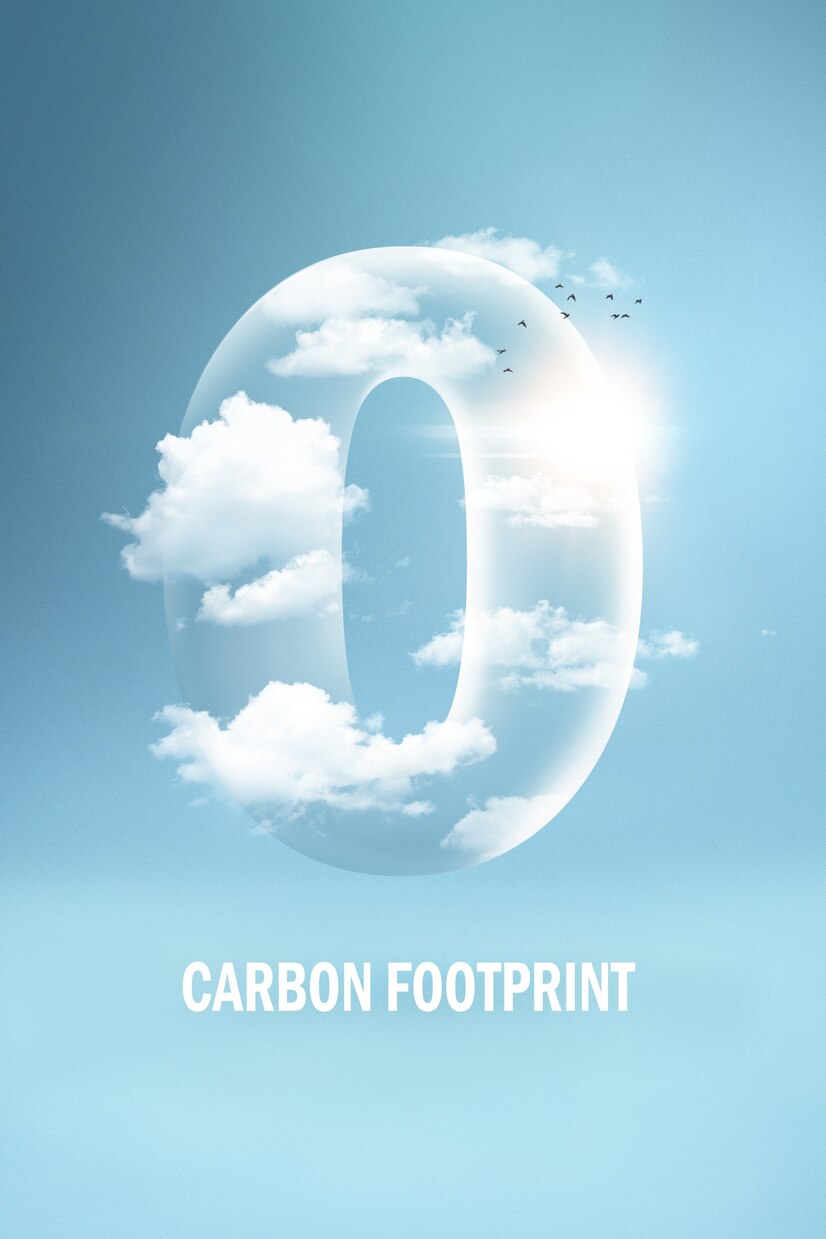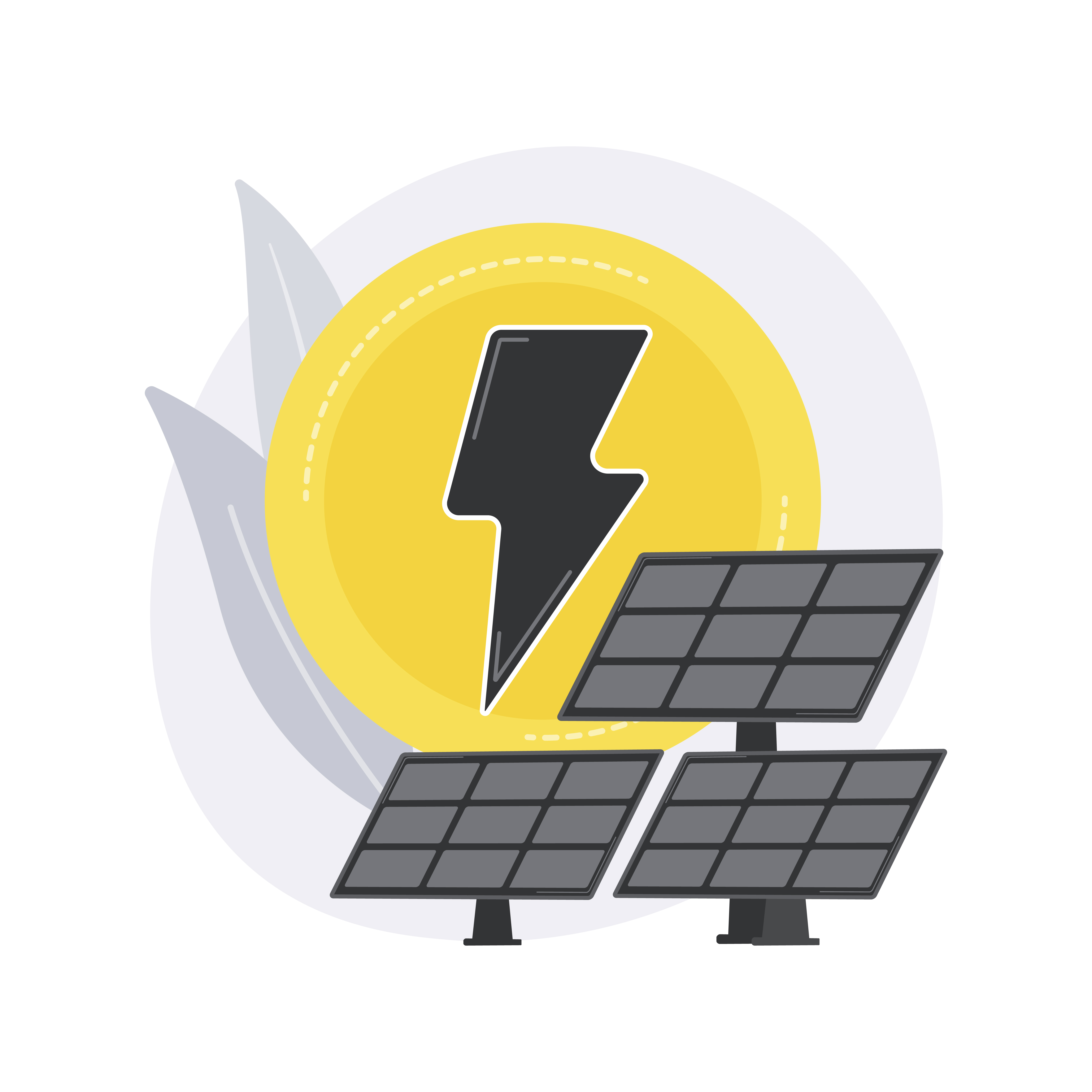Australia’s total solar capacity is 30 Gigawatt, placing it sixth in the world, considering solar capacity per person, it is at the top of the list, with an average of 166 Watts per capita. Renewable energy accounts for 30 per cent of electricity generation, with solar power leading the way by contributing the highest share at 12 per cent.
With this in mind, I will explore the Australian government's ambition and strategy to promote solar power and the projects launched in the country. The leading solar producers are actively involved in advancing solar power within the nation, and I will also identify three challenges that require overcoming.
Ambition & Strategy
The Australian government intends to reduce greenhouse gas emissions by 43 per cent from 2005 levels by 2030 and reach net zero by 2050. It is committing a substantial A$20 billion investment towards modernizing the electric grid and augmenting the proportion of renewable energy in its energy matrix.
A significant investment of A$224.3 million has been allocated for community batteries for households to store surplus solar energy and A$102.2 million for solar programs that enable households to access solar power efficiently.
Federal Government Schemes to Promote Renewable Energy:
- Small Scale Renewable Energy Scheme provides financial incentives to install small-scale renewable systems such as rooftop solar, solar water heaters, and heat pumps.
- The Large Scale Renewable Energy Scheme’s aim is to generate substantial amounts of renewable energy by harnessing the power of large-scale renewable energy power stations.
Solar Energy Projects
- New England Solar Farm, located near Uralla in New South Wales, was developed by UPC Renewables Group in partnership with AC Energy at an investment of $768 million. It has a capacity of 720 Megawatt and 400 Megawatt battery storage capacity that can power 250,000 homes, and the facility opened on 16 March 2023.
- Western Downs Green Power Hub, located in the Western Downs Region in Queensland, is owned and developed by Neoen at the cost of $600 million. It has a 460-megawatt capacity, battery capacity of 150 Megawatt can power 235,000 homes, it will be operational this year, and the battery will begin operations next year.
- Darlington Point Solar Farm, located south of Darlington Point in New South Wales, owned by Edify and Fern Trading Development Limited, was built at an investment of $318 million. It has a capacity of 336 Megawatt capable of supplying electricity to 115,000 homes and began operations in August 2020.
- Cultana Solar Farm, located north of Whyalla in South Australia, was developed by SIMEC Energy Australia at an investment of $350 million. It has a capacity of 280 Megawatts powering over 100,000 homes and is due to
start operations this year. - Limondale Solar Farm, located at Balranald in New South Wales, constructed by Downer Group and owned by Belectric Solar and Battery, a subsidiary of German RWE, was built at the cost of $150 million. It began operations in the first quarter of 2021 and has a capacity of 249 Megawatt, electrifying over 105,000 homes.
Top Solar Producers
- SunPower Corporation Australia Pty. Limited, based in Victoria, provides residential and solar storage solutions and helps households and businesses reduce electricity bills through technology.
- Tindo Solar, headquartered in Adelaide, is an indigenous solar panel manufacturer pushing solar energy capacity by offering solar panel modules with 25-year performance guarantees.
- Trina Solar Australia, based in New South Wales, is a solar energy equipment supplier engaged in research and development, production and sale of solar panels, and also provides solar panel power generation, operation, and maintenance services.
- Risen Solar Australia, based in Queensland, is a solar panel supplier and provider of energy storage solutions for residential, commercial market and utility development.
- Australian Solar Manufacturing Pty Limited, headquartered in Victoria, is a pioneer in producing high-powered 190–200-watt modules for solar panels.
Challenges
- The biggest obstacle when it comes to the adoption of solar power is the high upfront cost which is unaffordable for most households coupled with the fact that the cost of owning a solar photovoltaic system varies from state to state.
- The second issue is that solar panels have a lower power density in relation to other energy sources implying that you need a larger area to produce the same amount of energy.
- The third challenge lies in the long-term nature of solar panel investments, with homeowners typically taking three to five years to recoup their initial costs. Additionally, if homeowners decide to move, the expenses associated with transferring the solar panels to their new residence can discourage the homeowning community from wholeheartedly adopting this renewable energy source.
Conclusion
In this piece, I have discussed the Australian government’s ambition and strategy to promote solar power and mention solar energy projects, some built recently and others are currently under construction, demonstrating Australia’s attempt to shore up solar power.
The top five indigenous solar producers boosting solar power have been introduced, along with three challenges Australia faces in its quest to harness solar energy. The strides taken are moving in the correct direction; however, it remains uncertain if Australia can successfully detach itself from fossil fuels and smoothly transition towards renewable energy in the foreseeable future.
End Notes:
- https://www.integrasolar.com.au/the-advantages-and-challenges-of-solar-power-in-australia/
- https://www.solarfeeds.com/mag/solar-panel-manufacturers-in-australia/
- https://sunpower.maxeon.com/au/maxeon-locations-around-world
- https://risenenergy.com.au/
- https://reneweconomy.com.au/australia-again-tops-global-solar-per-capita-as-world-installs-240gw-of-pv-in-2022/
- https://www.energy.gov.au/data/renewables#:~:text=In%202021%2C%2029%25%20of%20Australia's,%25)%20and%20hydro%20(6%25
- https://www.brunel.net/en-au/blog/renewable-energy/australia-largest-solar-energy-projects
- https://www.nsenergybusiness.com/projects/western-downs-green-power-hub/#:~:text=Project%20Gallery&text=The%20solar%20farm%20is%20expected,tonnes%20of%20carbon%20dioxide%20emissions
- https://www.power-technology.com/marketdata/power-plant-profile-new-england-solar-farm-australia/#:~:text=The%20project%20is%20expected%20to,to%20be%20around%20%24768m
- https://infrastructurepipeline.org/project/western-downs-green-power-hub
- https://www.power-technology.com/marketdata/power-plant-profile-darlington-point-solar-pv-park-australia/#:~:text=Darlington%20Point%20Solar%20PV%20Park%20is%20a%20ground%2Dmounted%20solar,project%20cost%20is%20%24318m
- https://www.pv-magazine.com/2022/03/23/simec-gearing-up-to-start-work-on-280mw-south-australian-solar-farm/#:~:text=Work%20on%20the%20long%2Dawaited,on%20the%20%24350%20million%20project.&text=The%20Cultana%20Solar%20Farm%20is,solar%20farms%20in%20South%20Australia
- https://www.nsenergybusiness.com/projects/limondale-solar-farm-new-south-wales/#:~:text=Construction%20of%20the%20project%20started,sufficient%20electricity%20for%20105%2C000%20households
- https://www.globalaustralia.gov.au/industries/net-zero
- https://www.globalaustralia.gov.au/news-and-resources/news-items/australian-budget-commits-a25bn-clean-energy-and-renewables-projects
- https://www.cleanenergycouncil.org.au/consumers/buying-solar/government-programs





